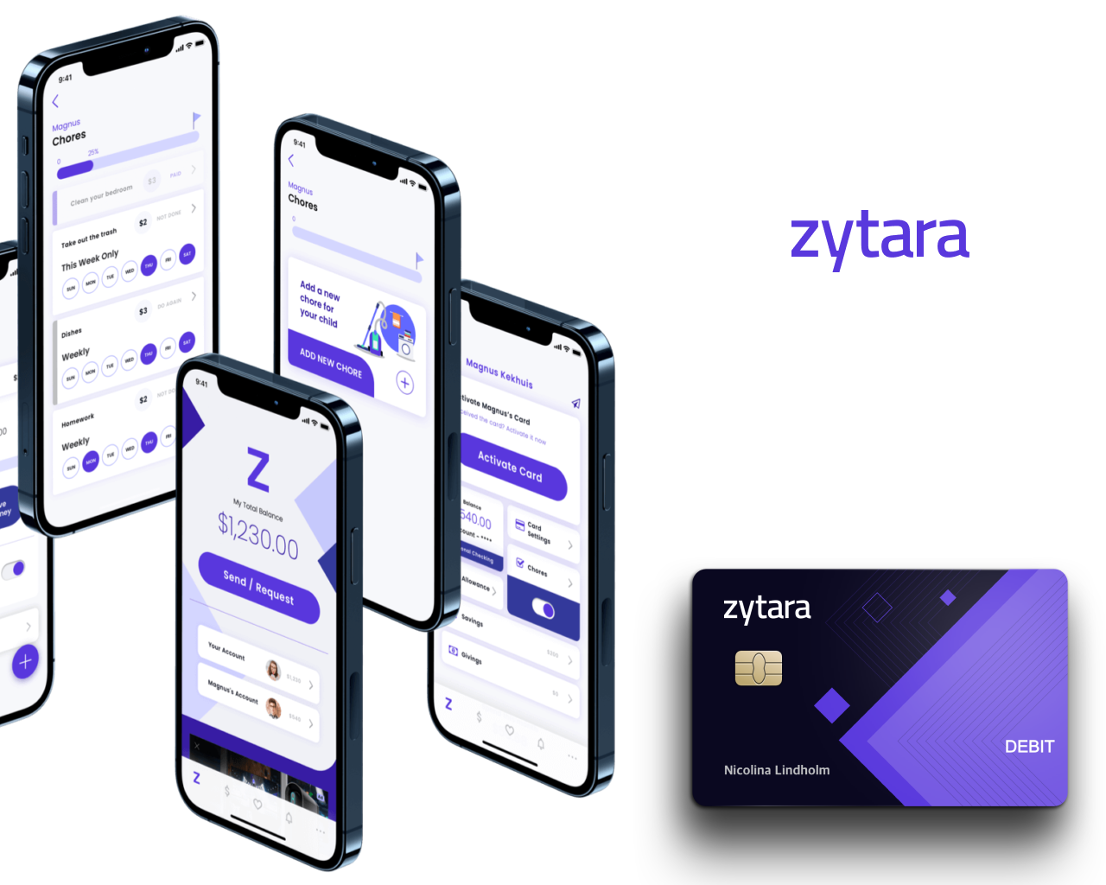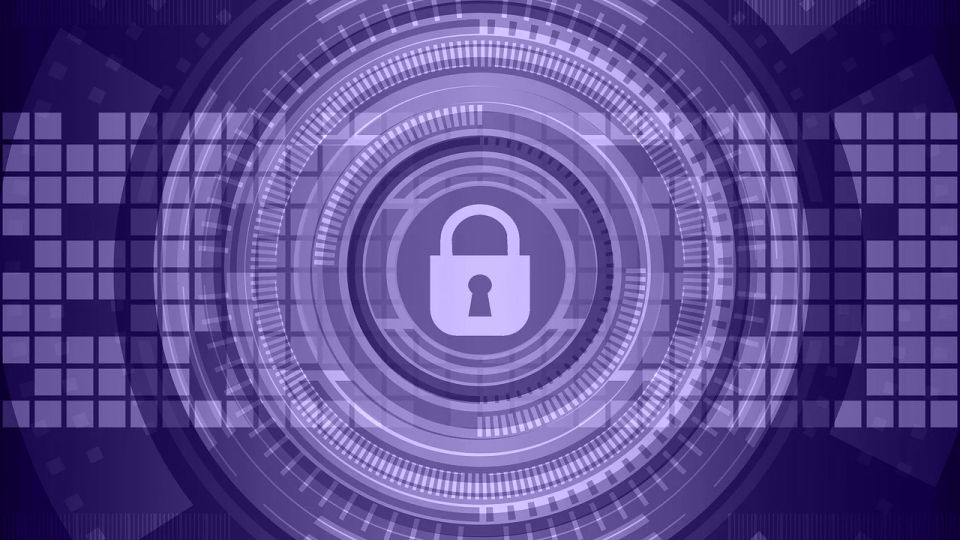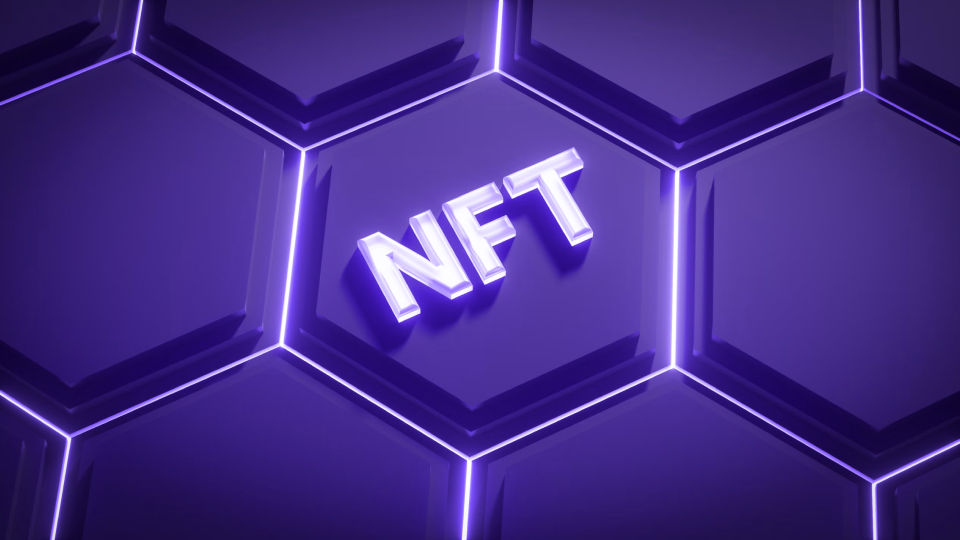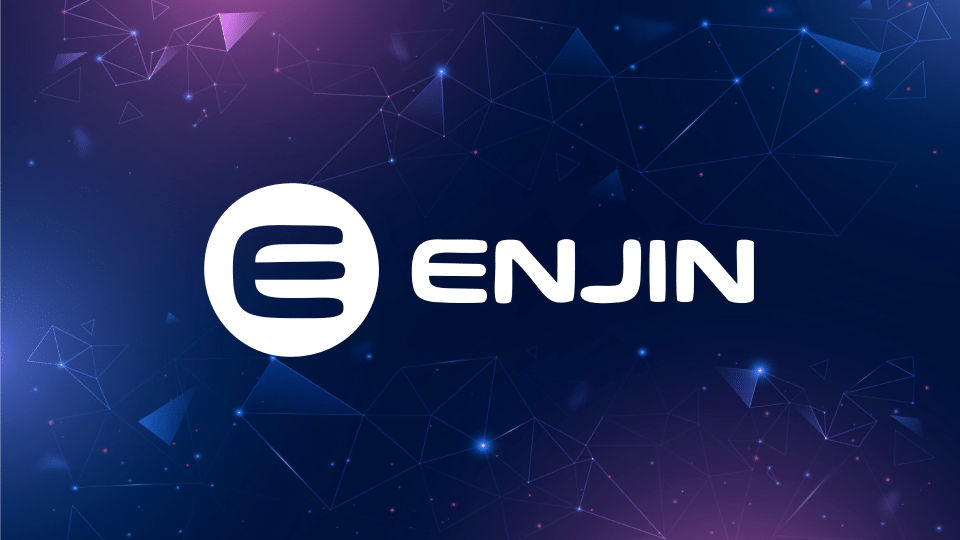Generation Z will soon outnumber the millennials, and the zoomers will become the largest generation on Earth. Gen Z has become the first mobile generation; smartphones are part of their reality and everyday life. They get their first smartphone at an average age of 10, and by the age of 16, 98% have one.
More and more zoomers are becoming adults and financially independent, dictating their own rules and preferences to brands. They have very different expectations; it is not enough to get a good product or quality services. With Gen Z, 71% of them expect brands to help them achieve their personal goals and more than 50% pay attention to the mission of the brand in the first place.
Our client wanted to find a way into Gen Z's hearts and help them become financially literate from their teenage years. That is why they decided to go where they live—in the mobile world. In this article, we will share interesting stats about iGens, characteristics of FinTech applications that will conquer the zoomers, and five insights for FinTech businesses that want to grab the attention of Gen Z.
In this article:
Finance Insights About iGens
On the one hand, they are not yet independent, but in some ways, already full-fledged market participants. They bring the company a new look at the processes familiar to other generations. In this section, we will talk about the attitude of modern youth to spending and finances in general.
Income: expectations and reality
An analysis of their financial situation allows us to conclude that most of the representatives of Generation Z can be attributed to the conditional level of “middle and lower.” Thus, according to Statista.com, 42% believe the income in the family is enough to buy food, clothing, and inexpensive equipment.
Also, 70% of Gen Z currently earn their own spending money.
Among their sources of income, the largest share belongs to the salary at their main job; it was named by 41%. Since the salary of Gen Z is often low, 27% believe money received from parents or relatives plays a significant role in financing.
Part of the "zeters" (12%) use various part-time jobs to replenish their budget.
As for material needs, they are more modest than older generations, probably because many have not yet begun to live independently and do not know how much money this may require.
Attitude towards savings
Compared to other generations, Gen Z has the largest share of those without any savings: 59.3%, which is naturally explained by their age and relatively low income.
Overall, Gen Zers have a very positive attitude toward savings: only 13% of them (at least among the three generations) agreed that savings are useless, and it is better to spend money here and now. In addition, 77.2% believe that “savings are a safety cushion for a rainy day,” and 73.5% believe that savings will help you live better or more comfortably in the future—here, they are no different than other generations.
Generation Z is less willing to apply for loans than others: 62% do not agree that it is easier for them to take a loan than save for a major purchase. Perhaps this is because they are not yet faced with buying expensive things (i.e., an apartment, a car), and large purchases are paid for by their parents.
Only 12.2% are already paying interest on a loan or mortgage.
But a significant share of Gen Zers does not exclude the possibility of borrowing money from friends and acquaintances in case of a shortage for current needs—18.3% admitted this.
The main scenario for the behavior of "zeters" with a lack of funds is savings (almost 60% do this).
Among the purposes of saving in the first place is just for pocket expenses (34.3% of respondents). This is followed by vacation or travel savings (31.3%).
Gen Z as consumers
Gen Z is much less involved than other generations in routine purchases (food, utility bills, mobile communications, the internet, transportation, rent, household chemicals, etc.). At the same time, almost half spend money on entertainment (absolute leaders among the three generations studied). Just like Gen Y, they often eat out (which is not typical for X). In addition, clothes and shoes are in the top spending categories—here, Z is no different from other generations.
There are eight psychographic segments of the audience that differ from each other, primarily in terms of purchasing behavior and consumption motives. Among Gen Z, the “aspiring” and “innovators” segments predominate—their shares are noticeably higher than in other generations.
Generation Z is not characterized by the qualities inherent in the segments "surviving," "traditionalists," and "prosperous"; their lifestyle and consumer behavior are not typical of the younger generation.
Involvement in purchasing activity is mainly determined by the social and family status, as well as the income level of a person.
Among the life values, the material side, one way or another, connected with the consumption of goods and services, is among the key ones for Generation Z, while they do not tend to limit themselves in anything. Zeters do not tend to save, they spend a lot of money on themselves, and they enjoy going to expensive stores. Their consumer behavior is influenced by the comments and reviews they see on the internet, and they often write them themselves.
Zoomers are generational leaders in writing product reviews online. Perhaps this is partly due to the desire for self-expression and self-affirmation, characteristic of youth.
A significant part of iGens (slightly less compared to "I") also willingly devote time to studying other users' reviews of products, while the most popular format for submitting reviews on goods and services is video; it is preferred by 59.8% of respondents.
On the topic
Everything you need to know in one guide by top Geniusee experts
Where they buy: offline or online
Due to more modest incomes and a narrow area of responsibility, iGens are inferior to older generations in terms of the frequency of purchases both offline (three out of five make purchases weekly) and online (two out of five order goods online monthly).
According to Statista data for the second quarter of 2022, 31.3% of respondents from this group made purchases on the internet. Gen Z averaged $500 in online shopping per quarter, the lowest of any age group analyzed.
Regardless of the category of goods, iGens prefer traditional stores. Probably, on a tight budget, they do not want to risk buying a "pig in a poke" and want to touch the product before buying. In addition, shopping with friends can be a pleasant pastime (as noted above, Gen Z has more than others).
Among the product categories, one can note the share of online stores when buying electronics (video, audio, and photos) and handmade goods by consumers. Online also wins when purchasing goods in the categories "sports," "small appliances," and "computers and smartphones."
When buying electronics (video, audio, photos), smartphones, and tablets, a third of centennials clearly know what they need, significantly surpassing Gen X in this component. iGens choose sports goods faster than Gen Y; 43% do not spend time looking for alternatives. However, choosing food products, cosmetics, perfumes, clothing, and footwear is more difficult for them than for the more experienced Gen Y and Gen X, pushing them to experiment and search for "their" brands.
As for Gen Y, product reviews are the main source of information in case of doubt (70%), however, both are inferior to X in this parameter. iGens read product descriptions noticeably less than other generations (59%). When making a decision, they most often turn to video reviews (39%).
Attitude to paid services and subscriptions
Gen Z is ready to delegate various household tasks to outsourcing: only 4% completely abandoned these services and 56% use this opportunity regularly.
However, 27% do not yet use this opportunity (the highest proportion among all generations), probably due to a lack of extra money, sufficient free time, and living with parents.
A characteristic feature of this generation using such services is the leading role of various types of education: 46% of zoomers said they are ready to use, and 14.2% already regularly use such services, significantly ahead of Gen Y and Gen X in this parameter.
Only 12.9% use the delivery of full-fledged ready-made meals to their homes, and 11.5% use a car wash. Other services are less in demand.
At the same time, Gen Z is the most active user of subscription services (36%). This is mainly music; a quarter of the representatives of Generation Z listen to it by subscription (here, they are leaders among all generations). Also popular among subscriptions are online cinemas, books and audiobooks, online education, and software.
Most often, they subscribe when the service does not provide another use case, and 43.4% believe a subscription saves money.
How to Conquer Generation Z With a Mobile App
To attract Generation Z, the development of mobile devices should be a priority, since out of all the time spent on the internet from a smartphone, more than 90% is spent on in-app.
In addition, it is important to remember that the new generation is more demanding both in terms of the quality of content and the speed of access to the desired information, so today, it is more important than ever to follow trends and use non-standard formats for presenting the information. What do the representatives of the modern generation really want?

Visual Content
With zoomers, video content has become an essential part of information consumption on the internet. Generation Z does not see themselves as isolated from the internet or fast data. According to YouTube surveys, 50% of iGens watch videos to relax, have fun, and learn and shoot them to share and chat.
For them, video content in apps and social networks is a way to communicate, share emotions, and get approval from peers and strangers. This is a kind of visual storytelling that works in the same way as text content.
Be in the picture
More than half of the zoomers check social networks, news feeds, and instant messengers at least once an hour. So they keep in touch with the outside world and communicate with each other, feeling needed and in demand. Consider the ability to quickly update your content and data if you are building an app for this audience.
Feel a sense of belonging
The generations of the ‘80s and ‘90s appreciate discounts most of all, and the younger audience will prefer involvement in something more important than a discount. This can be access to an exclusive sale or pre-order, participation in the formation of a new collection, the creation of a track, the development of a logo, or the disposal of branded items in exchange for goodies from you. Zoomers who most actively participate in competitions for the most interesting slogan and motto. It is from them that you can get the most interesting ideas. Take advantage of this, turn your feedback into a custom build, and feel free to show the process to your audience. They will appreciate it!
Live Fast
Zoomers live as if they have two or three days of life ahead of them, no more. Waiting for something to load for 10 seconds is a long time and loading a document for 10 seconds is terrible. The same expectation goes for convenience: a long navigation chain, small checkboxes, and drop-down menus you need to catch with your finger are considered inconvenient. Everything takes precious seconds of life. For iGens, this is more than a good reason to remove the application.
Consider these nuances when thinking through the concept of the application and developing a prototype, and you will win the sympathy and trust of users. Those users, in three to seven years, will become the core of the solvent audience in your industry.
Zytara - Neobank for iGens
Zytara has truly become one of the most beloved projects for the Geniusee team. Just listen to the app concept: a neobank, especially for iGens and gamers. The concept implied financial education for Generation Z using gamification tools and teaching accountability for children. It also helps parents manage spending limits, track transaction history, check savings, and impose restrictions.
In the process of cooperation, we faced various challenges and new insights in FinTech application development. Get acquainted with them below.
5 Useful Insights for FinTech Businesses
Uniqueness is a game changer.
When starting a FinTech business, you need to understand what makes your product or service stand out. It is hard to compete with millions of copycats. Imagine you have two pairs of trousers from a store and a tailor, made especially for you. The first is sewn according to the figure of a typical representative of your size; the second is made personally according to your size. Similarly, a unique application created to order takes into account all the nuances of your business and can solve a wide range of tasks.
In mobile marketing, this rule works: the narrower the segmentation, the higher the chance the application will shoot. That is why it is so important to create unique applications for a specific segment of users. Do you know who your target user is? Make an app just for them.
With Zytara, our killer features are the uniqueness of the audience’s demand we work for (Gen Z and gamers) and the total gamification of the financial app.

Case
Zytara Neobank and gamification to financially educate GenZ.
A digital platform built to merge traditional banking systems with new-age digital assets such as cryptocurrencies and NFTs.
Look closerCustomer centricity is the best foundation.
You need a strong background to launch safely. Customer focus is the ability to determine the real needs of the customer and, on this basis, provide them with the most relevant solution. This approach is a mandatory minimum for a FinTech company. When interacting with a client, it is important to strive for the ideal: to do more than what is stipulated by the contract, to exceed the customer's expectations, and to delight them with the high quality of the project. Such cooperation has a much higher chance of developing into a long-term relationship.
The most important thing in customer orientation is customer discovery. Exploring your customers' needs and pains will give you all the necessary information to create the right product/service strategy. Now you are ready to win!
Legal requirements for FinTech differ in every country.
When creating your strategy, consider various product versions with distinguishable flows and features available in the USA, Great Britain, Europe, or Asia. We advise hiring local law experts to get the most efficient expertise.
Third-party services have to be impeccable.
Where do you store your data? Are your payment systems secure? How often do your vendors do backups and code checks? If you need to engage a third-party service to cover these operations in your project, pay attention to the pros and cons of every vendor. This decision determines the future of your project.
Security is the main priority.
Cybersecurity is one of the most pressing issues today. Everyone worries about the safety of their personal, and even more so, financial data, and everyone today understands the degree of their vulnerability. Therefore, FinTech companies need, on the one hand, to tell customers in detail about the measures to protect their information, and secondly, to comply exactly with all the requirements and regulations.
Working with sensitive customer data enlarges risks enormously. Make it safe by using data encryption, role-based access control, and security testing, and, above all, work with experts who have launched secure and thriving FinTech products. Ask us how to find them!
Conclusion
When developing a FinTech application, it is important to remember that to become noticeable and attract an audience, it is not enough for your product to match the level of competitors. You need to have in your arsenal special features and values that provide a new or fundamentally better user experience.
Current customers require modern banking solutions. Surround them with care and attention by developing your FinTech application with Geniusee - an experienced FinTech solutions software development company.





















